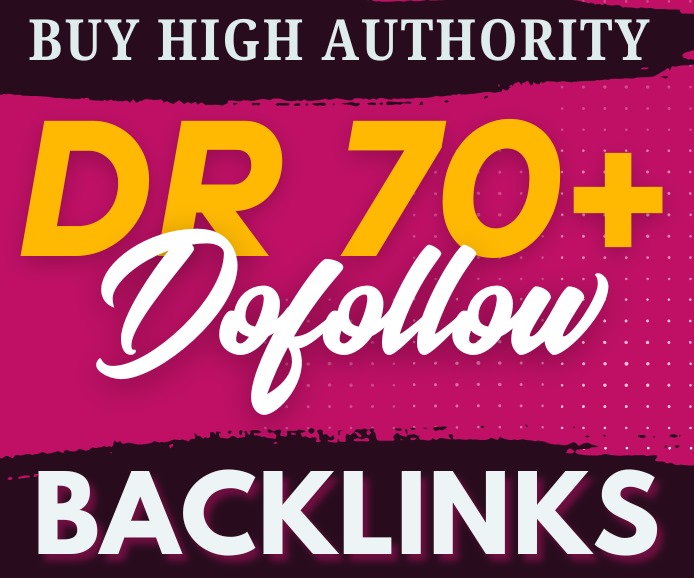In 2025, a website is more than just an online presence—it’s your digital handshake. Whether you’re a startup founder, a blogger, or a massive brand, your site’s design says everything before you say a word. Great web design builds trust, keeps users engaged, and drives conversions like never before.
What Is Web Design, Really?
Web design is the art and science of planning and creating websites. It goes far beyond pretty visuals—it’s about usability, accessibility, mobile responsiveness, SEO, and converting traffic into customers.
The Evolution of Web Design
Gone are the days of static HTML pages. Web design has transformed drastically with advancements in technology, user experience standards, and aesthetics. In 2025, it’s all about minimalism, speed, and interactivity.
From Tables to CSS Grids
Design layouts used to rely on clunky table structures. Today, CSS Grid and Flexbox offer fluid, flexible, and responsive design possibilities.
Flash Is Dead, Long Live HTML5
Remember Flash? It’s long gone. Web design now relies on HTML5, CSS3, and JavaScript frameworks that enhance interactivity without bloating the site.
Why Web Design Is Critical for SEO
Google doesn’t just rank content—it evaluates user experience. A well-designed website can boost your SEO in several key ways.
Mobile-First Indexing
Google prioritizes mobile versions of websites. If your web design isn’t mobile-friendly, you’re practically invisible.
Site Speed and UX
Faster-loading websites keep users happy. Proper design compresses images, reduces code bloat, and ensures that visitors don’t bounce.
Navigation and Structure
Clear, intuitive navigation helps both users and search engines understand your content hierarchy, improving crawlability and indexability.
Elements of Great Web Design
1. Responsive Layout
Your site should look great on desktops, tablets, and smartphones. Responsive design adjusts content automatically based on screen size.
2. Consistent Branding
Fonts, colors, and visuals should reflect your brand’s identity. A consistent style builds trust and professionalism.
3. Engaging Visuals
Use high-quality images, graphics, and videos—but sparingly. Too many visuals can slow your site down and overwhelm the user.
4. Intuitive Navigation
Simple menus, clear CTAs (calls to action), and logical page hierarchies make for a seamless experience.
5. Accessibility
Design for everyone—including users with disabilities. Use proper color contrast, alt tags, and ARIA labels.
The Psychology Behind Web Design
Great web design taps into user psychology. Think of it like dating—first impressions matter. A clean, inviting interface invites users to stick around and explore.
Color Psychology
Colors affect emotions. Blue = trust. Red = urgency. Green = growth. Use wisely to guide behavior.
Typography Matters
Fonts influence readability and mood. Sans-serif fonts are modern and clean; serif fonts feel more traditional and serious.
Modern Web Design Trends in 2025
1. Dark Mode
Users love dark themes. They’re easier on the eyes and look sleek on modern devices.
2. Microinteractions
Small animations and feedback (like button effects or scroll animations) create a dynamic, engaging experience.
3. Minimalist Design
Less clutter = more impact. Clean layouts with ample white space are in.
4. AI-Powered Personalization
Web design is becoming smarter. AI can dynamically change site content based on user behavior.
5. Voice Search Optimization
With smart speakers everywhere, websites need to be optimized for voice search.
How Web Design Impacts Conversions
You can have all the traffic in the world, but if your design doesn’t convert, it’s wasted effort. Conversion-friendly design leads the user toward action.
Clear Call-To-Actions
Place your CTAs strategically—above the fold, after content blocks, and in sidebars.
Trust Signals
Badges, reviews, and SSL certificates assure users your site is secure and legit.
Simple Checkout Processes
For eCommerce, the fewer the clicks, the better. A one-page checkout design works wonders.
Tools and Platforms for Modern Web Design
1. WordPress
Still king for content sites. Endless themes and plugins make customization easy.
2. Webflow
Perfect for designers who want visual control and clean code.
3. Shopify
The go-to for eCommerce web design—mobile-optimized and conversion-friendly.
4. Figma & Adobe XD
Design tools for prototyping, collaborating, and building wireframes before development.
Hiring a Web Design Agency vs DIY
When to DIY
If you’re running a blog, portfolio, or simple info site, website builders like Wix or Squarespace can be enough.
When to Hire an Agency
For complex projects, SEO integration, branding, or custom features—go pro. A skilled web design agency can make all the difference.
Common Web Design Mistakes to Avoid
Cluttered Layouts
Too many elements confuse users. Prioritize clarity.
Slow Load Times
Unoptimized images and bloated code kill user experience—and rankings.
Non-Mobile Friendly Sites
Over 70% of users are mobile. If your design doesn’t scale, you’re losing traffic.
No Clear Navigation
Visitors shouldn’t need a map to find your contact page. Keep menus simple.
The Cost of Professional Web Design
Prices vary wildly. A basic website might cost $500, while complex business sites can range from $5,000 to $50,000. You’re paying for design, UX, responsiveness, SEO, and ongoing support.
Maintaining Your Web Design
The job doesn’t end at launch. Regular updates, backups, and testing are essential to keeping your site functional and secure.
Monthly Maintenance
Plugins need updates. Security patches are critical. Ongoing care prevents crashes and hacks.
A/B Testing
Test layout changes, button colors, and headlines to optimize conversions.
Conclusion: Your Website Deserves Great Web Design
Your website is your brand’s digital home, and first impressions matter. Investing in smart, modern, user-focused web design will not only attract more visitors but also convert them into loyal customers. Whether you’re DIYing it or hiring pros, the key is to focus on what your users need. Remember, great web design isn’t just about how it looks—it’s about how it works.
FAQs
1. What makes a good web design?
A good web design is clean, responsive, fast, user-friendly, and aligned with your brand identity. It guides users toward action while delivering a smooth experience.
2. How does web design affect SEO?
Web design impacts site speed, mobile usability, navigation structure, and more—all of which are ranking factors in Google’s algorithm.
3. What’s the difference between web design and web development?
Web design focuses on the visual and user experience aspects, while web development involves coding and building the functionality of a website.
4. How much does it cost to build a website?
Costs vary by complexity. DIY sites might be under $500, while custom professional sites can exceed $10,000 depending on features and functionality.
5. Can I design a website without coding?
Absolutely! Platforms like Wix, Webflow, and Squarespace allow you to build stunning websites with drag-and-drop tools—no coding required.




